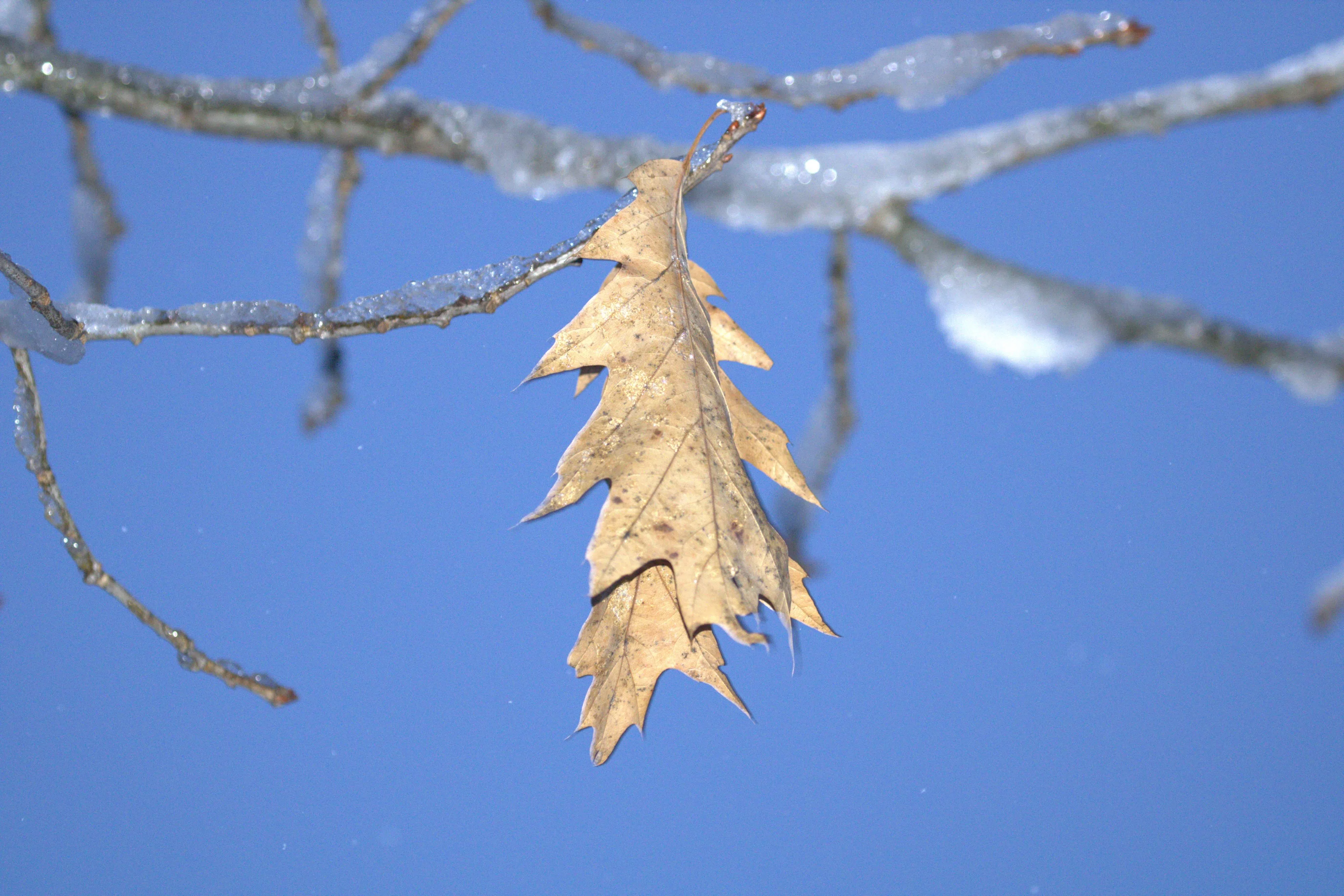The winter cold blast has descended upon us and all of nature, at least for this week! As I gratefully sit in my heated office, I always appreciate other species’ resourcefulness and design to survive the elements and the season changes. My mind almost always goes to trees and their magnificence.
Looking at the naked deciduous trees, I love to see their branching and architecture in winter. These trees- such as maples, birches, older oaks & beeches, and aspens- have shed their leaves for the cold and dormant season. Deciduous trees would not hold the snow load as well as some of our evergreen conifers do. Their delicate leaves cannot withstand their cells freezing. The cells, comprised mainly of water, freeze, which causes the expansion of water and thus rupturing and killing the cells in the thin leaves. Also, deciduous tree branches do not bend as well as their evergreen cousins, so if they retain their leaves there is high chance of more branch breakage.
An important fact to keep in mind is that not every part of the tree contains living cells. Pretty much most of the “wood” is dead and only the cambium layer in the bark contains the bulk of the living cells. Also since trees cannot move themselves to more favorable conditions, they prepare themselves for the cold winter months.
There are three main ways that trees adjust and cope with the freezing temperatures of our Wisconsin winters. Trees start getting ready for winter in late summer or early fall. One way is that trees morph their cell membranes- these membranes become more supple and in doing so it allows the water to pass to more easily from the cells. The water has more places to go.
Another strategy that the trees employ is to thicken liquids within some cells. This can occur in the fall as the daylight hours wane, more sugars accumulate and act as an antifreeze. The higher amount of sugar lowers the freezing point inside the cells themselves while the more water filled areas outside the cells may freeze. Since the cells have become more supple, they are not damaged by the freezing water surrounding them. Think of them as dehydrated but leaving behind the sugars.
Yet another way that trees survive the winter season is something known as the “glass phase”. This is described as the period where the liquid cell contents become so thick that they appear to be almost solid. This type of solid form resembles the way silica remains in liquid form when it is supercooled into glass. This third way of survival that winter trees undergo occurs by the cellular dehydration that results from the first two approaches mentioned above. This “glass phase” aids in preventing crystallization, which would kill the cells, of the contents in the tree’s living cells—i.e. especially the cambium layer-bark.
Who knew all that change and adaptation is occurring as we enjoy the fall colors, the trees are quite busy shoring themselves up for the cold season.
Sue Crowley, Executive Director












